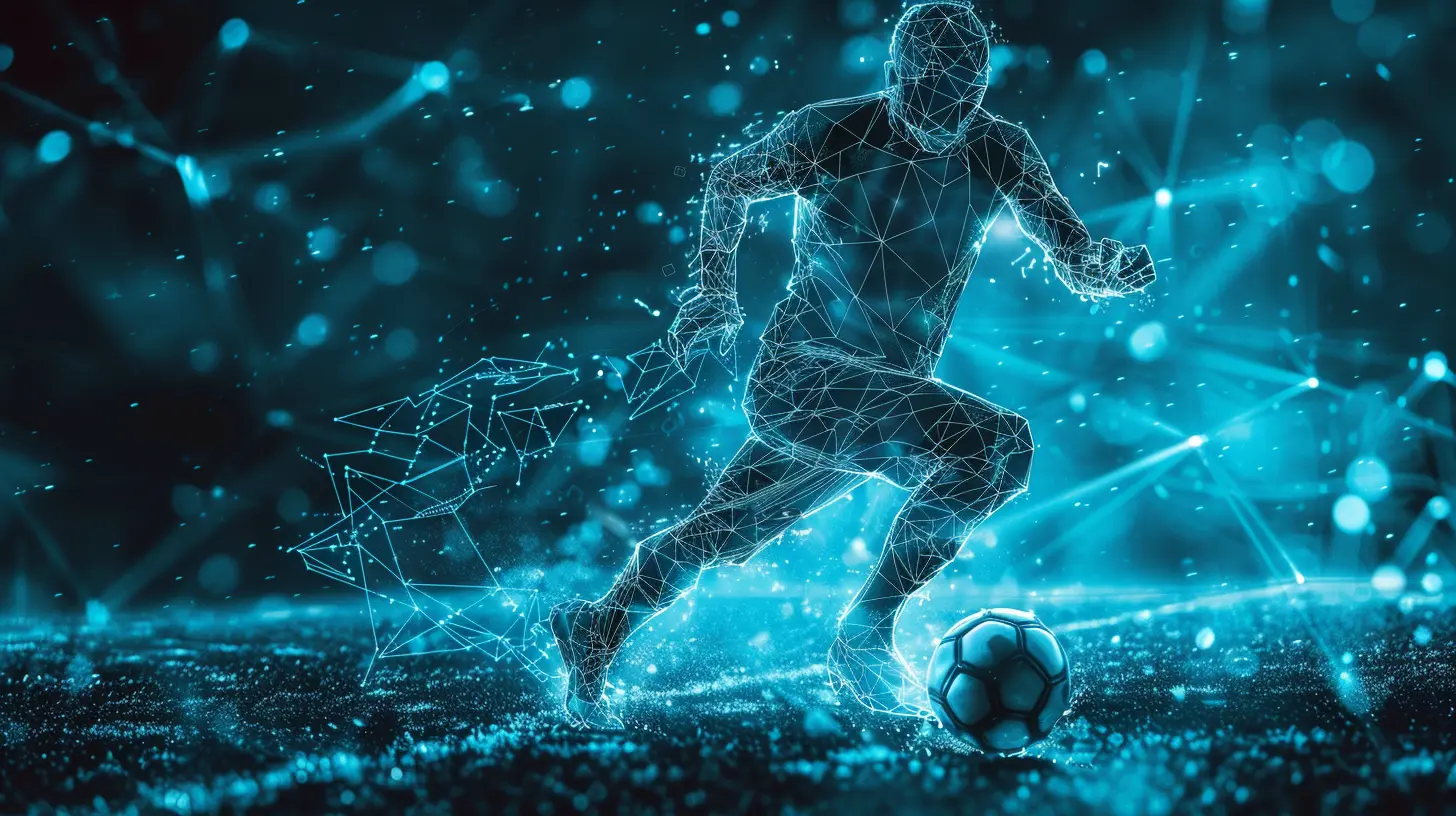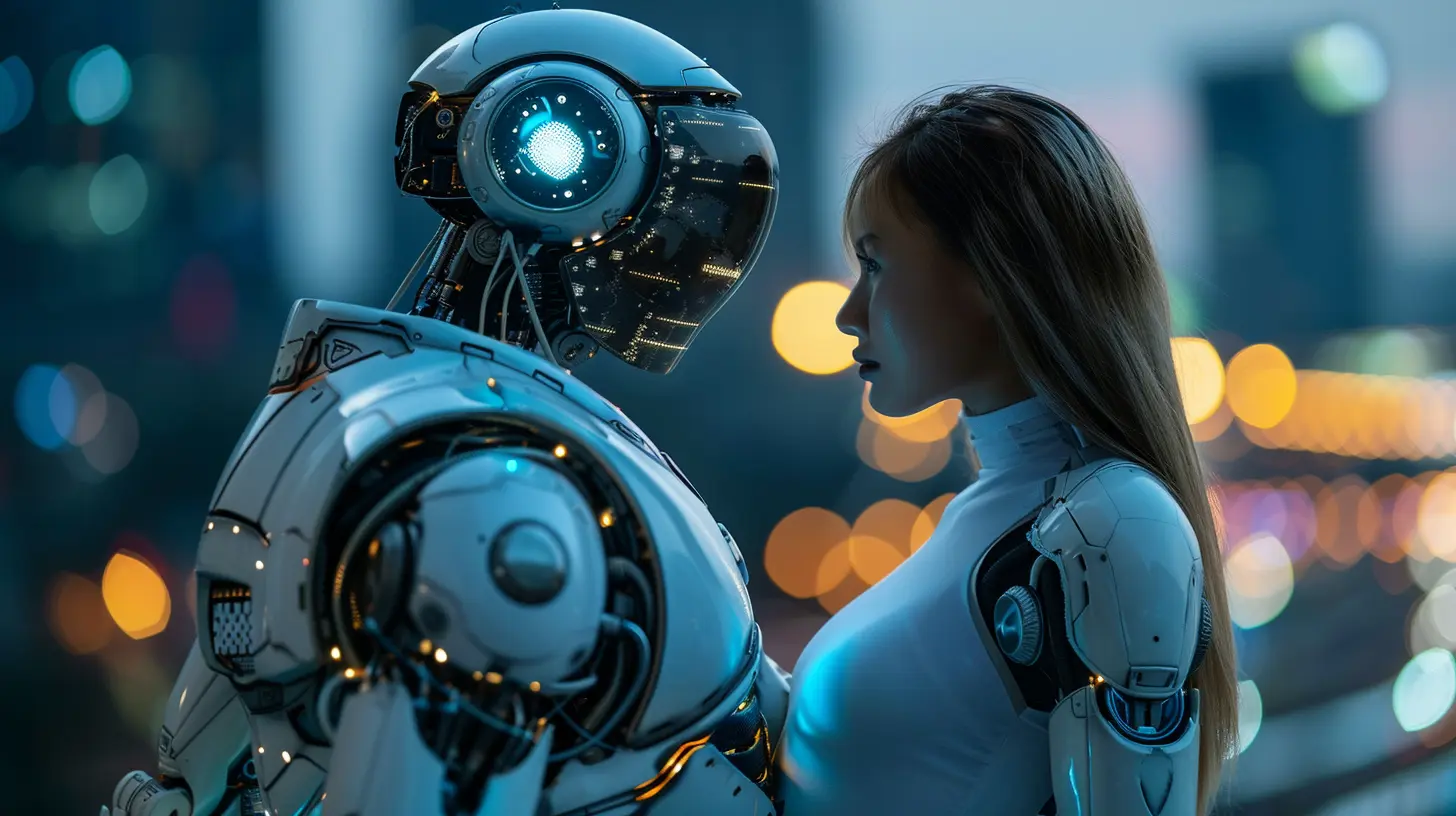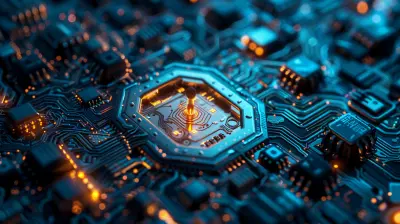The Role of AI in Enhancing Sports Analytics and Performance
6 November 2025
Sports have always lit a fire in us—whether you're the one playing or sitting on the edge of your couch, yelling at your screen. But behind the scenes, something extraordinary is happening. The game is changing… literally. Artificial Intelligence (AI) is sliding into the world of sports like a silent MVP, transforming how teams strategize, how athletes train, and how fans consume the action.
Let’s face it—sports in 2024 aren’t just about raw talent. It’s about data, insights, milliseconds, and precision. And guess what’s making it all possible? Yep, AI. This isn’t science fiction anymore. It’s real, and it’s already happening.
So grab your coffee, or sports drink if you’re feeling extra on-brand, and let’s break down how AI is elevating the field (and court, and rink… you get the idea).
How Did AI Enter the World of Sports?
AI didn’t just wake up one day and decide to coach the NBA or analyze soccer passes. It crept in through the doors of data analytics. Initially, teams were just using basic stats—goals, assists, shooting percentages. Then came Big Data. Coaches and managers wanted more. They wanted why, how, and what’s next.That’s when AI said, “Hold my algorithms.”
Now? We’ve got machine learning predicting injuries, computer vision analyzing player movement, and neural networks creating unbeatable game strategies. It's like Moneyball but with a PhD in computer science.
Real-Time Performance Tracking: The Game Within the Game
Have you ever watched a player and thought, “How is this guy everywhere at once?” Well, chances are, he’s not just talented—he’s optimized. Here’s how AI makes that possible:Wearables + AI = Super Athletes
Players now wear data-tracking gear—GPS vests, smartwatches, and even smart insoles. These devices measure everything from heart rate to acceleration and fatigue levels. But collecting this mountain of data is only half the story.Enter AI.
Machine learning algorithms chew through the data like a hungry linebacker. They find patterns. They flag abnormal spikes that could indicate burnout. They even suggest ideal practice workloads to avoid overtraining.
Motion Tracking with Computer Vision
Remember when referees needed slow-mo replays from five angles? That’s outdated. Now AI systems with computer vision track each player’s movement, frame-by-frame, in real time. The software knows when a player slows down, how quickly they turn, and the strain on their joints. Imagine getting your own personal sports commentator, but they also double as your physio and coach.
Smarter Coaching Strategies: Outsmarting the Opponent
Great coaching used to be about gut instinct—reading the room, feeling the vibe. That still matters, don't get me wrong. But these days, coaches have a new assistant: AI-powered game plans.Predictive Analytics
AI doesn’t just look at what happened; it predicts what’s going to happen. If a basketball team always runs a certain play after a timeout, AI will catch that. Then it tells your team how to counter.Pretty soon, AI will be whispering in the coach’s ear mid-game: “Double team #34. He misses 70% of contested threes when he’s tired.”
Opponent Analysis on Steroids
Instead of manually watching hours of tape, teams now use AI to break down every movement of the opposing squad. It sees how a player reacts under pressure, how often they switch defense, and even the sweet spot where they’re most likely to land a goal.It's like playing chess while the computer is several moves ahead.
Injury Prevention and Player Longevity
Let’s be real—injuries don’t just hurt the player. They derail entire seasons, cost teams millions, and break fans' hearts.So what if we could predict them? What if we could prevent them?
AI's Role in Injury Forecasting
By continuously monitoring biomechanics, workload, and fatigue, AI identifies patterns that typically lead to injury. For example, a change in running gait might suggest strain before the athlete even feels pain.The result? Early intervention, tailored rehab, and fewer players spending time on the dreaded injured list.
Personalized Health Protocols
AI doesn't just generalize. It customizes. Every athlete is different, and AI crafts training regimens that suit individual needs, considering recovery stats, sleep patterns, and even diet. Imagine having a mini-coach living inside your smartwatch. It's like Iron Man’s JARVIS, but for your fitness.Fan Engagement: A Whole New Ballgame
Let’s not forget us—the fans. AI's effect doesn't stop at the team bench. It’s totally redefined how we experience sports.AI-Enhanced Broadcasting
AI analyses games live and auto-generates highlight reels in seconds. It knows what moments are most exciting based on crowd noise, player emotion, and game impact.Even better? Some broadcasts let you choose your own viewing angle, powered by smart cameras and AI tracking. Want to follow one player all game? You got it.
Fantasy Sports and Betting
AI is also shaking up fantasy leagues and sports betting platforms. It provides advanced player predictions, real-time performance stats, and tailored suggestions. It's no longer just luck—it’s data-driven domination.AI-Driven Scouting and Recruitment
Scouting? Oh, it's not just about sending some guy with a clipboard to high school games anymore.Talent Identification Using AI
AI tools now analyze youth players using real-game footage, stats, and even social media behavior. Yep, it’s looking at how they play and how they behave. This helps teams find hidden gems who might have been overlooked using traditional methods.Removing Human Bias
Let’s be honest—scouting can be biased. Coaches have preferences; scouts have blind spots. AI sees only the data. That means more fair opportunities, especially for players who don’t come from the biggest schools or academies.AI and Esports: A Perfect Match?
Ok, this one’s for the joystick gang. Esports is blowing up, and AI is loving every second of it.In video games, data is everywhere. AI can track mouse movement speed, reaction times, and even decision-making logic in real-time. It then generates coaching tips, builds training routines, and offers game-day strategy just like in traditional sports.
So whether you’re holding a controller or a football, AI’s got your back.
The Ethical Side: Is AI Replacing the Human Touch?
Okay, let’s address the elephant in the room. Is AI taking over sports? Will the magic be lost in a sea of stats?Short answer: No.
AI is a tool, not a replacement. The thrill of a buzzer-beater, the agony of a missed penalty, the joy of a comeback—that’s all human. What AI does is enhance, not replace. It adds a new layer of strategy, insight, and safety.
Plus, athletes still have to run, jump, hit, and hustle. Robots aren’t taking the field anytime soon.
The Future: Where Do We Go from Here?
Honestly? We’ve only scratched the surface.In the near future, we might see AI directly embedded into training equipment. Imagine a basketball that gives real-time feedback on your shot arc. Or a tennis racket that tells you if your follow-through needs work.
We might even see completely AI-generated coaching staffs. Think that’s crazy? FIFA is already playing around with AI match planning tools.
Athletes of the future will train smarter, recover faster, and perform more consistently. And AI will be quietly sitting in the back, making sure every move counts.
Final Thoughts
AI in sports is like a great teammate—you don’t always see it, but when it’s not there, you feel the difference. It's helping athletes unlock levels they didn’t know they had. It’s giving coaches superpowers. And it's giving us, the fans, a front-row seat to a smarter, more exciting version of the games we love.So here’s a thought for your next game day: While you're cheering, analyzing, or even playing—remember that behind the scenes, AI might just be calling a few plays of its own.
all images in this post were generated using AI tools
Category:
Artificial IntelligenceAuthor:

Jerry Graham
Discussion
rate this article
1 comments
Jasmine McAuley
Great insights on the intersection of AI and sports analytics! It's exciting to see how technology is transforming performance analysis and helping athletes reach their potential. I appreciate the thoughtful exploration of both the benefits and challenges. Looking forward to seeing how this evolves in the coming years!
November 7, 2025 at 4:54 AM


